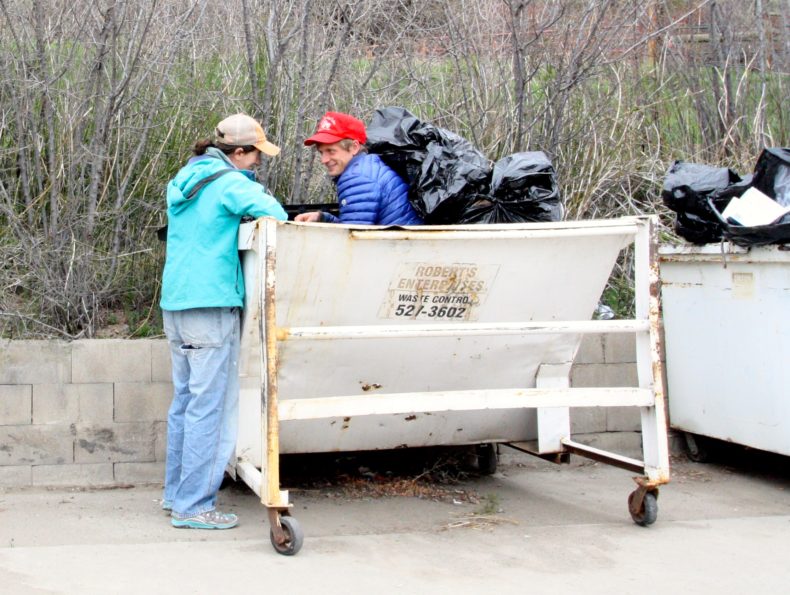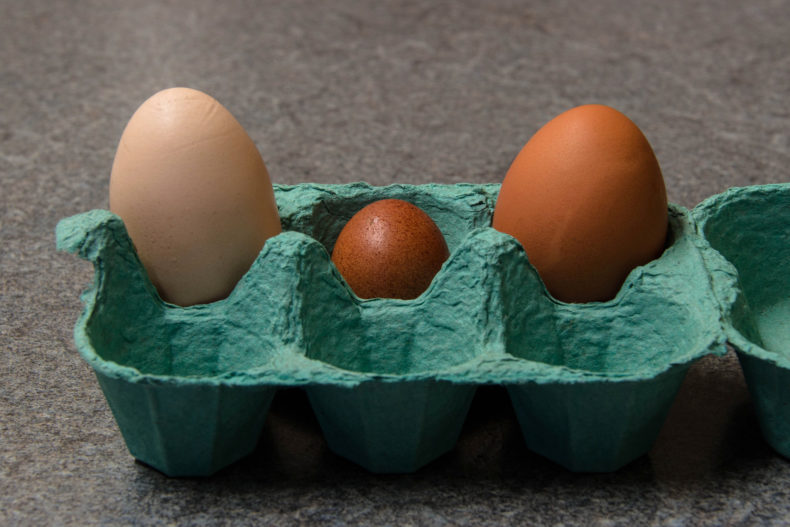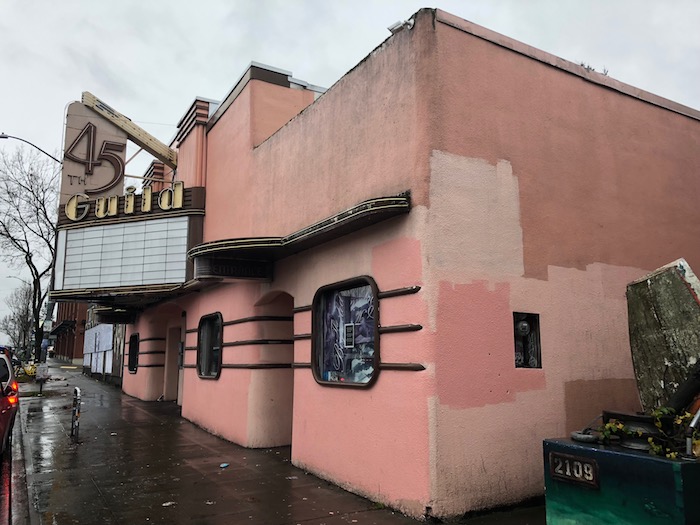
When I lived in a small town in Colorado, I knew a woman who most people would describe as a hoarder. She made her home in a log cabin not far from a winding river, under ragged cottonwood trees that shed downy tufts in early summer, and showers of gold each autumn. You could see all the this-and-thats stacked high against the windows where the curtains didn’t cover, all the way up to a shipstyle porthole on the second floor. The overall impression was that the cabin sloshed nearly to its brims with things.
Her airstream out front was full of dressers and armoires. Her backyard was like a sculpture garden for the partially broken mundane. A trampoline. Odds and ends of lumber. Stacks of salvaged tile. She told me once that she was storing six clawfoot bathtubs. Sometimes, she’d find a dress or a pair of pants she thought would strike my fancy, load it into a salvaged plastic grocery bag, and hang it from my gate latch for me to find when I came home from work.
The objects she kept were beautiful, not junk, except insofar as there were far, far more of them than she’d ever be able to use. But given the stigma attached to hoarding, she was always self-conscious about her collection. Rarely did she allow anyone else inside her house, including the tenants who rented the small studio apartment she had built in a shed out back.
Her impulse to gather stuff was something I understood. My parents are the sort of people who keep things until they are completely worn out. There is still a beige, orange and brown carpet in their house from 1968. They drive the same Ford Explorer they bought used in 1990. Some of my childhood friends’ parents took this frugality to even greater heights, introducing us to Dumpster diving in middle school. It was both amazing and shocking the things we would find, that others had tossed out. Working stereos. Leather jackets. Perfectly good sneakers. Piles and piles and piles of compact disks, and all their flimsy “jewel” cases. Artifacts now as exotic maybe as arrowheads, but lacking the beauty of something made by hand and cared for as if it carried the same worth as the labor from which it was made, for a purpose with real stakes: Food, and by extension, staying alive. Continue reading →
 Last Thursday, The Atlantic published an essay of mine called “How I Talk to My Daughter About Climate Change.” It was about, well, exactly that, but it was also about how parents talk to their kids about all kinds of scary things—from climate change to terrorism to our current global politics. I hoped it made some points that would be new to people, but I didn’t see it as particularly provocative or controversial, especially because at its core, it was about something almost every parent faces.
Last Thursday, The Atlantic published an essay of mine called “How I Talk to My Daughter About Climate Change.” It was about, well, exactly that, but it was also about how parents talk to their kids about all kinds of scary things—from climate change to terrorism to our current global politics. I hoped it made some points that would be new to people, but I didn’t see it as particularly provocative or controversial, especially because at its core, it was about something almost every parent faces.




